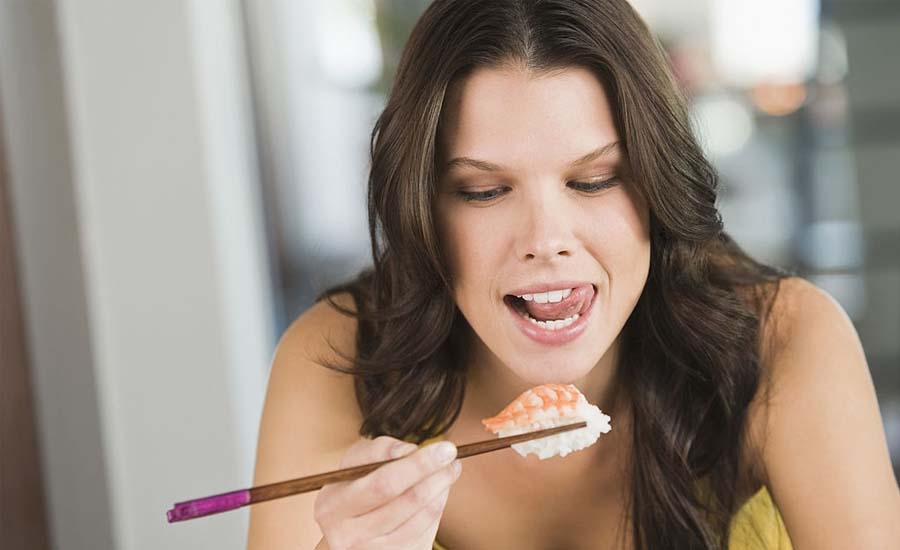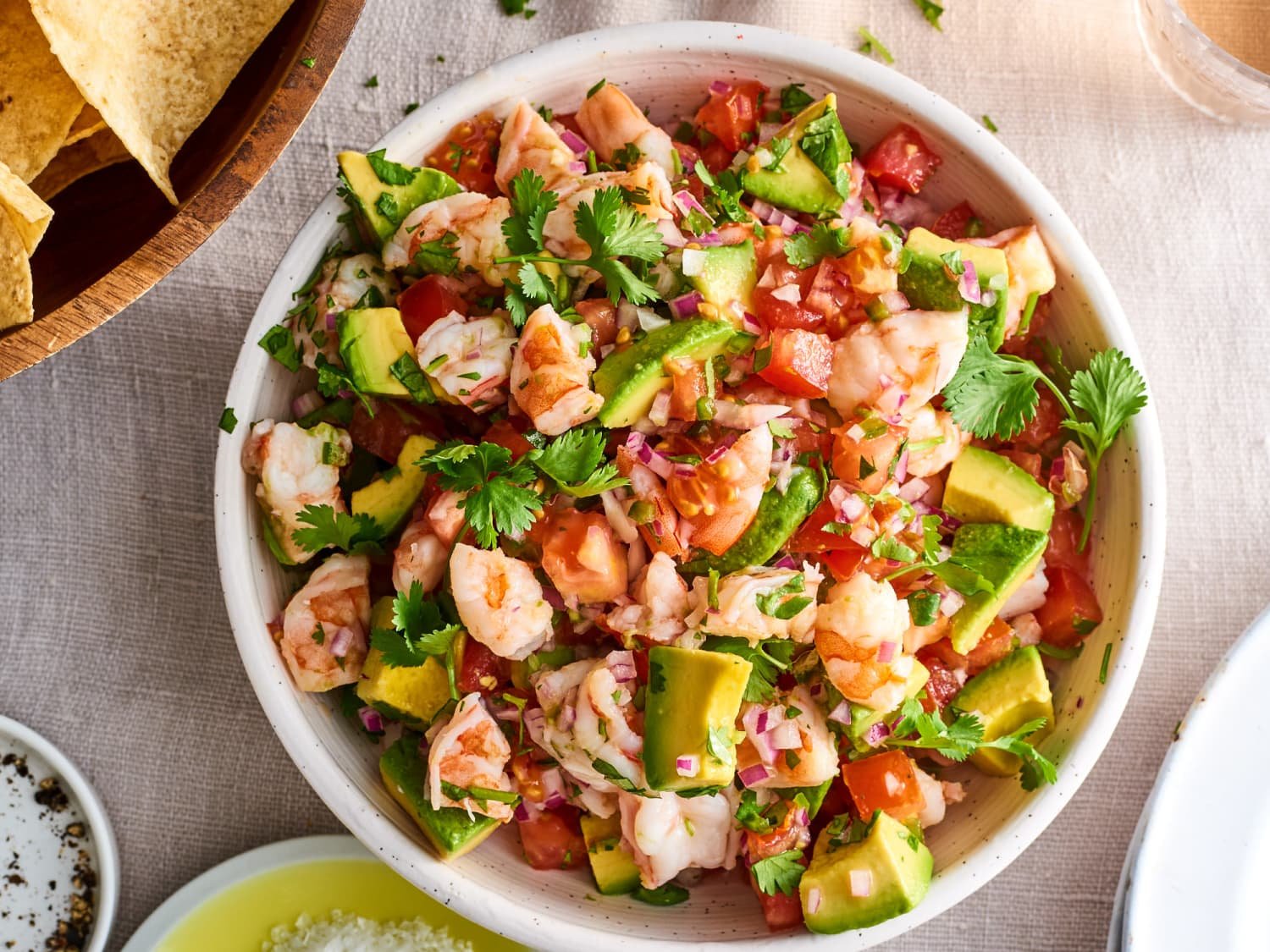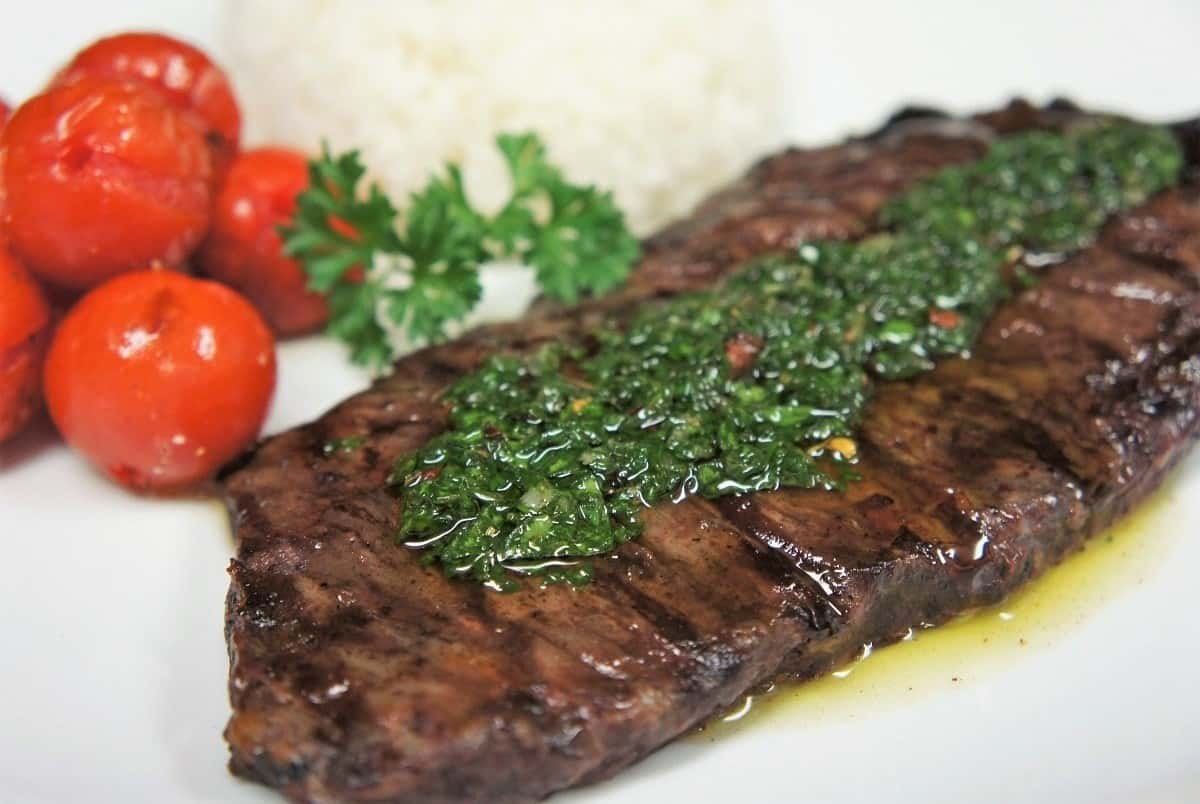
In this famed coastal city, the seafood is fresh and Latin flavor runs deep. Today we’re counting down our picks for the must-try dishes in Miami. Miami is something of a cultural melting pot hint. It’s got a food scene to match the dishes we’re recommending are just a small sampling so be adventurous.
Chicharron
Salty, crunchy, savory and fried to golden perfection. Chicharron is a kind of perfect food at least if you’re a serious carnivore. Variations of the dish can be found all throughout the Americas and through the finer details vary widely depending on local customs. The basic idea is always the same fried pork belly or pork rinds. Now a note on the distinction between Chicharron and Chicharron onus former is a soft version of the dish. While the latter is served plain as a crunchy snack food in Miami. Where Latin influence from many cultures is omnipresent. The Chicharron is often served thick extra crispy and without sauce but with a wedge or two of lime to squeeze over it. But as with most humble foods, plenty of restaurants in the area dress it up and do gourmet interpretations.
Stone Crabs
We promised you seafood on your trip to Miami. The good cooks in the city ready and willing to deliver. Stone crab also is known as Florida stone crab can be found throughout the Atlantic along with America’s mid to southern East Coast. But Florida is in the name and Miami has really mastered the art of preparing this particular crustacean. Because stone crabs are small there’s not much meat to the body put the claws well. Let’s just say you’re gonna be knocking those back like hot wings. There are many places that serve stone crabs and most of them do it quite well. But Joe’s stone crab is the place to go for an authentic preparation. They’ve been doing it for over a hundred years.
Arepas
Sometimes it’s the simplest of dishes that sticks with you and keeps you coming back for more. Arepa is a flatbread made from cornmeal that looks sort of a thick pancake. And which the people of Latin America have been consuming since pre-Columbian times. Though it can be eaten plain, it’s also commonly used as the basis for a sandwich. It’s actually an incredibly versatile food item. One that even sometimes gets the sweet treatment despite its traditionally savory qualities. In order to fully appreciate this time-honored dish in all its glory. You’ll just have to do a tasting tour of Miami. Because every place does it their own way when it comes to arepa fillings. The human imagination is the only limit and those dishing them out in Miami clearly are not afraid to get creative.
Ceviche
Time for your second dose of seafood. This time we’re going with a dish that we suspect you probably have a bit more experience within stone crabs for the uninitiated. Ceviche is a preparation style applied to both seafood and fish. It involves curing them in citrus juices rather than straightforward cooking. As we’ve cheated on the roots of this dish spread far and wide with variations found throughout Mexico, Central and South America as well as the Caribbean. Ceviche might be the national dish of Peru but there are a few places that do ceviche better than Miami. Or more widely it seems as if every restaurant in the city has it on the menu. They range from humble but tasty preparations to you guessed it meticulously constructed gourmet interpretations.
A Cuban Sandwich
Miami is of course home to a very large number of people of Cuban origin. The Cuban
Revolution saw nearly a half million refugees make their way to America. Since then the Cuban population of the Greater Miami area has grown to well over a million. And this tasty treat is a sandwich intimately intertwined with that distinct cultural heritage. Rather than a dish that Cuban immigrants brought with them or started recreating upon arriving in the States.
The Cuban sandwich is actually thought to be a Cuban American invention. Originating in the café’s, catering to workers around the turn of the 20th century. The dish
was likely first served in Tampa and Key West before making its way to Miami. Where it is now sold proudly seemingly around every corner served on Cuban bread. Another Cuban American invention. The sandwich consists of ham, roast pork, mustard, pickles, and Swiss cheese.
Churrasco
This is one of those dishes that’s hard to define depending on where it’s being served in both Spanish and Portuguese. The terms shown optical can be applied to all manner of grilled beef or any grilled meat. For that matter featuring in cuisines from across Latin America. It can be made directly on the grill or by using spits. It can be sliced up and put into sandwiches or served with sides. What perhaps best defines churrasco go in the modern sense is how it’s served in keeping with tradition. The waiters working at the chewed off cut ears of Miami walk around with platters of various meats. From which the customers are asked to make their choices. DAF Co is all about respecting the meat and savoring the flavor. Meaning that flavor is always be a top priority but the element of theatricality certainly doesn’t hurt.
Key Lime Pie
when near the Florida Keys one simply must try the limes that have taken their name. There’s no use for key limes more near and dear to the hearts of the people of Miami than a key lime pie. Interestingly enough key limes actually come from Southeast Asia originally but over the centuries. And making various stops along the way. They eventually came to the West Indies. The Florida Keys part of what makes key limes distinct from the Persian limes. More commonly consumed is their sweeter more distinct taste and stronger aroma is this flavor. Aroma that makes Key Lime Pie such a delicious must-try dessert whenever visiting the state of Florida. Key Lime Pie is thought to have originated in Key West in the early 20th century and not Miami. But that hasn’t stopped this city on the culinary cutting edge from mastering and further popularizing the dish.
Lechon
If you can’t get enough barbecue this next one is for you. Lechon consists of a whole suckling pig slowly roasted on a spit over charcoal. Lechon be prepared can be a bit much for some to handle. It’s worth remembering that with dishes such as Lechon. This particular cooking style represents centuries upon centuries of culinary history. If anything preparing the animal whole makes you remember and appreciate the fact that your food was once a living thing. Therefore nothing should go to waste. The history of Lechon can be traced back to Spain. With the subsequently spreading from there during colonization. Today it remains hugely popular in many areas of the world including Puerto Rico and Cuba. Because of space it requires traditional. Lechon is more of a family recipe among Cuban Americans than a dish commonly found in restaurants.
Ropa Vieja
We are really ending this list off with a dish whose name translates to old clothes. A national dish of Cuba ropa vieja gets a lot of love in Miami. Especially in mom-and-pop type restaurants. You better believe that these family-run joints have mastered the recipe. It’s a humbly delicious dish consisting of shredded beef with vegetables. Miami’s Cuban Americans have truly made it their own. However with the seasoning of the meat skewing slightly sweeter than back in Cuba or in the other areas of the world. Where it’s prepared typically served with rice, beans and plantains and or yuca. This dish is a taste of home at least from the perspective of locals. And don’t we all endeavor to eat like locals when
traveling.










